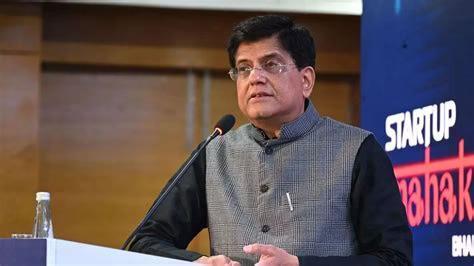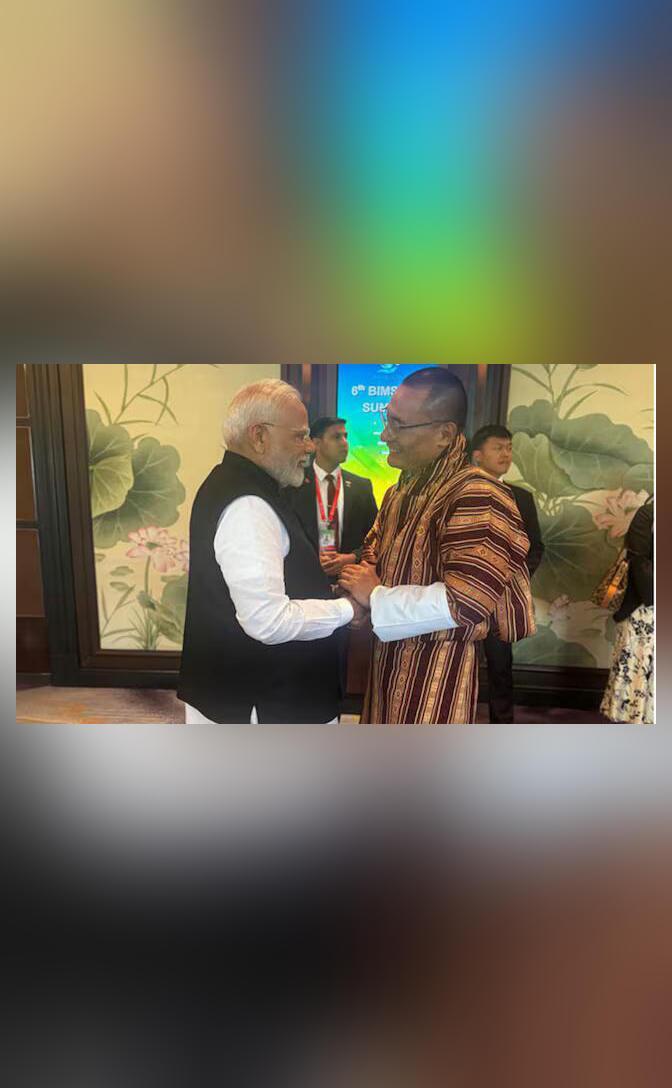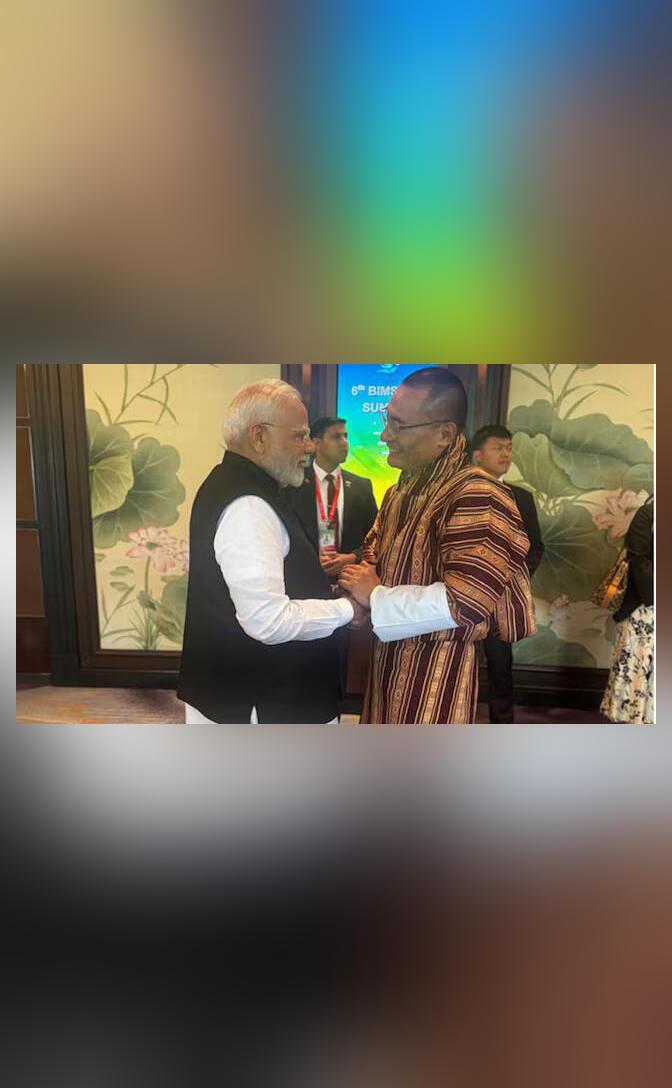
Indian Brands Go Global: Competing on Design & Quality
In a significant shift in the business landscape, Indian brands are no longer just focused on attracting foreign brands to the country. Instead, they are now expanding globally, competing on design, quality, and innovation. This transformation is backed by strong manufacturing capabilities and strategic marketing, enabling Indian companies to build brand equity abroad and establish themselves as serious global contenders.
According to Dheeraj Sinha, CEO of FCB India, Indian brands are winning globally by focusing on design, quality, and competitiveness. In an interview with The Core, Sinha emphasized that Indian brands are no longer just about being cost-effective or price-competitive. Instead, they are now leveraging their unique strengths, such as design, innovation, and cultural relevance, to succeed in the global market.
One of the key factors driving this shift is the increasing recognition of Indian brands as leaders in various industries. For instance, companies like Tata Consultancy Services (TCS) and Infosys have established themselves as major players in the technology sector, while Hindustan Unilever and ITC have made significant inroads in the consumer goods space.
Another significant factor is the growing demand for Indian products and services globally. The rise of the Indian middle class, coupled with increasing globalization and digital connectivity, has created a huge market for Indian brands to tap into. This has led to a surge in exports of Indian goods and services, with many companies expanding their operations into new markets.
Design and quality are key differentiators for Indian brands in the global market. In an increasingly competitive landscape, companies that focus on design, innovation, and quality are better positioned to stand out and attract customers. This is evident in the success of Indian companies like Godrej, which has developed a strong reputation for its high-quality home appliances, and Ashok Leyland, which has established itself as a leading player in the global automotive industry.
Another significant factor is the strategic marketing efforts of Indian brands. Companies like HUL and ITC have invested heavily in building their brand presence globally, leveraging digital marketing, social media, and influencer partnerships to reach new customers. This has enabled them to build strong brand equity and establish themselves as leaders in their respective industries.
The shift towards Indian brands competing globally is also driven by government initiatives and policies. The Indian government has implemented various schemes and programs to support the growth of Indian companies, such as the ‘Make in India’ initiative, which aims to promote Indian manufacturing and exports. This has created a supportive environment for Indian brands to expand globally.
The success of Indian brands in the global market is not limited to specific industries. Companies like Zomato, Oyo, and Flipkart have made significant inroads in the technology and e-commerce sectors, while brands like Amul and Haldiram’s have established themselves as leaders in the food and beverages space.
The global success of Indian brands also has significant implications for the Indian economy. Exports of Indian goods and services have been growing steadily, with many companies expanding their operations into new markets. This has created new jobs, stimulated economic growth, and increased foreign exchange earnings for the country.
In conclusion, Indian brands are no longer just focused on attracting foreign brands to the country. Instead, they are now expanding globally, competing on design, quality, and innovation. This shift is backed by strong manufacturing capabilities, strategic marketing, and government initiatives, enabling Indian companies to build brand equity abroad and establish themselves as serious global contenders.






